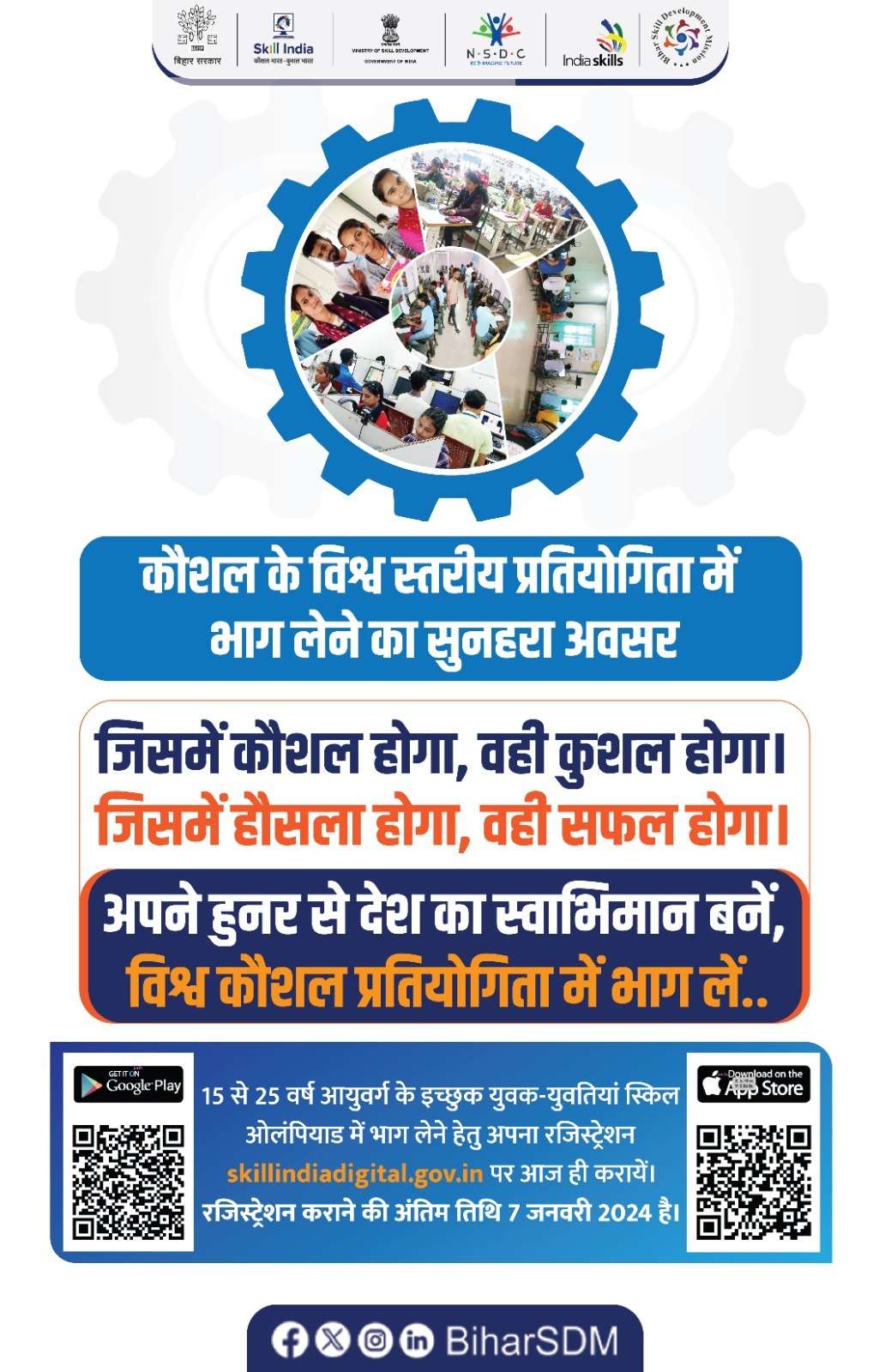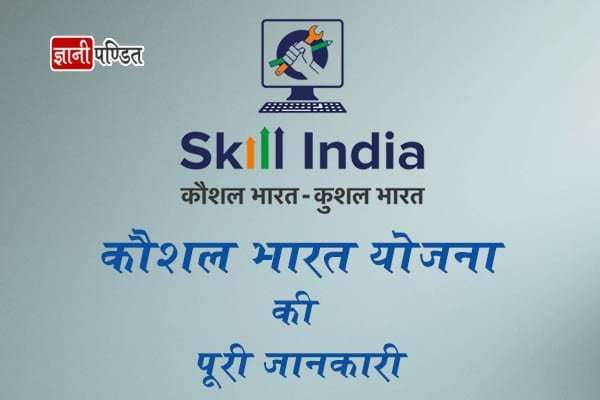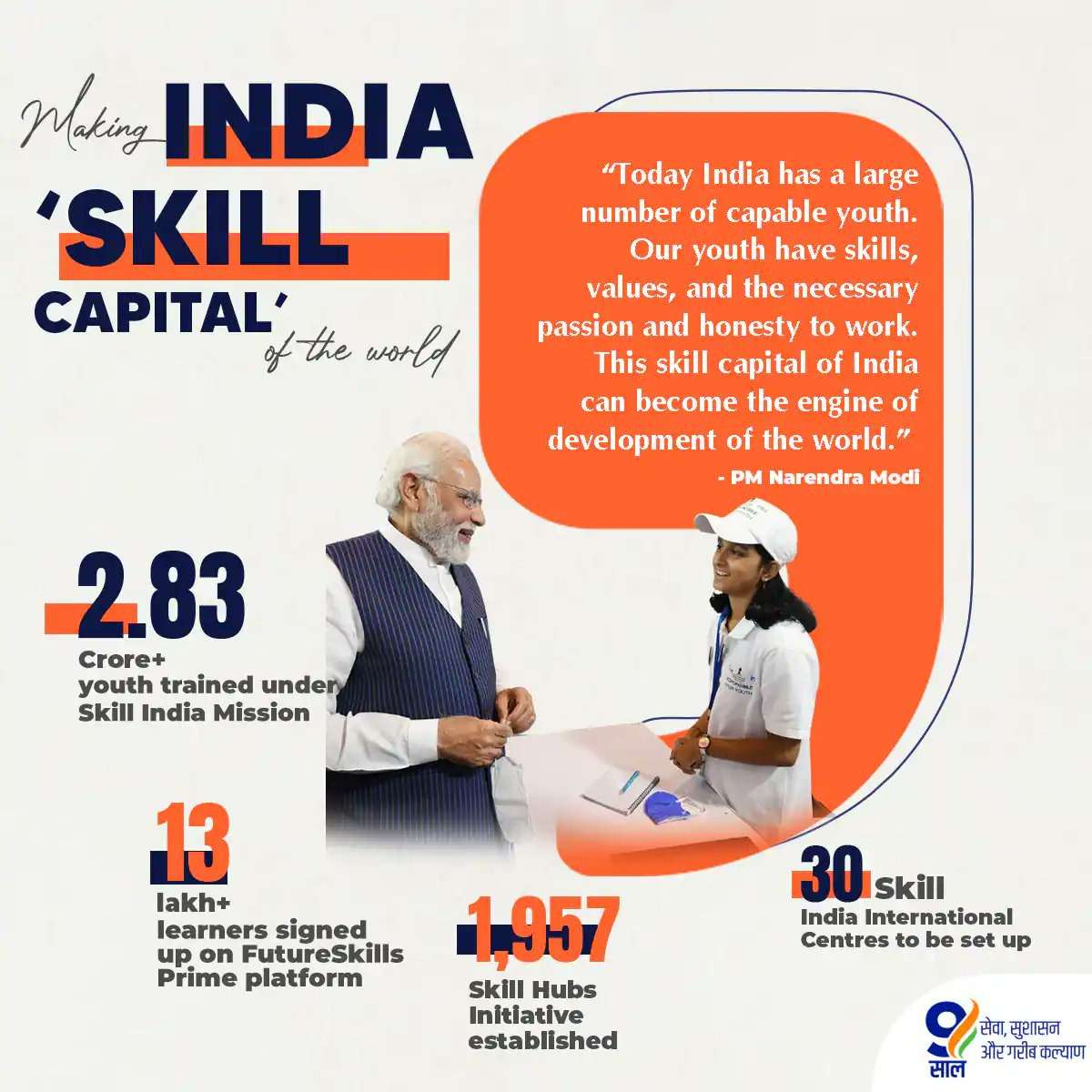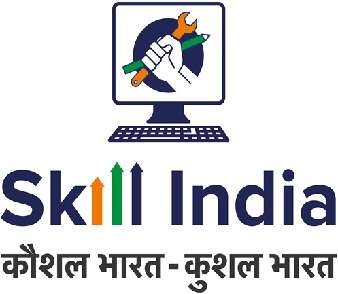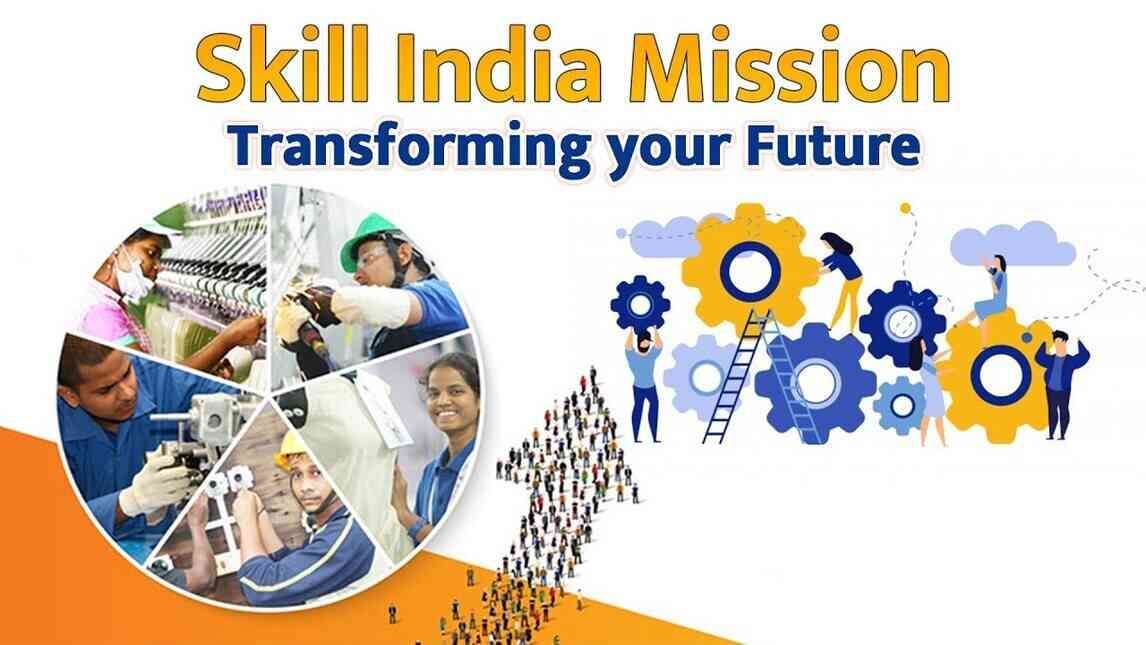Why Is Skills India Mission Important?
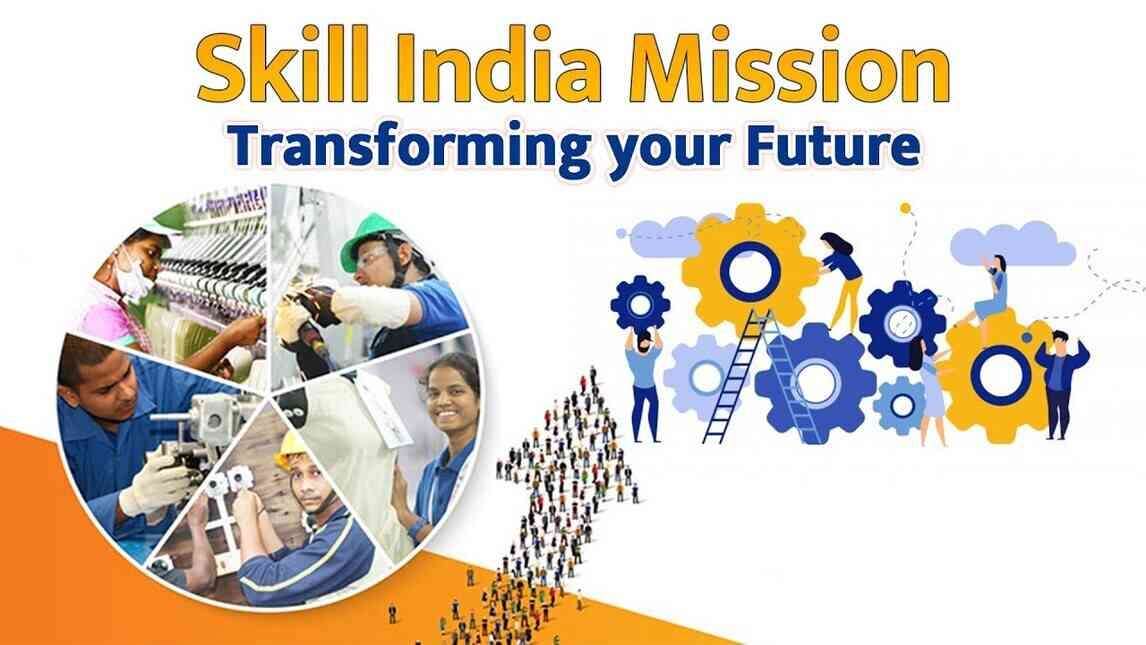
March 05, 2024
Why Is Skills India Mission Important?
"Discover why the Skills India Mission is crucial for developing India's workforce and economy. Learn about the various initiatives and programs to improve skills and create job opportunities for the nation's youth."
"India's rapidly growing economy and young population present a unique opportunity for development. However, to fully harness this potential, the government has launched the Skills India Mission - a vital mission to equip the nation's workforce with the necessary skills for employment and economic growth. In this blog post, we will explore the importance of this mission, its various initiatives and programs, and how it is shaping the future of India's workforce."
India is a country with a vast population and a rapidly growing economy. However, the potential of this growth can only be fully realized if the country has a skilled and capable workforce. The Skills India Mission was launched by the government in 2015 to address this crucial need and equip the nation's youth with the necessary skills for employment and economic development.
One of the key objectives of the Skills India Mission is to enhance the employability of the youth through skill development. India's education system has traditionally focused on academic learning, leaving little room for vocational training. As a result, a large number of youth in the country are not equipped with the necessary skills to meet the demands of the job market. The mission aims to bridge this gap by providing vocational training in various sectors such as construction, agriculture, healthcare, and tourism.
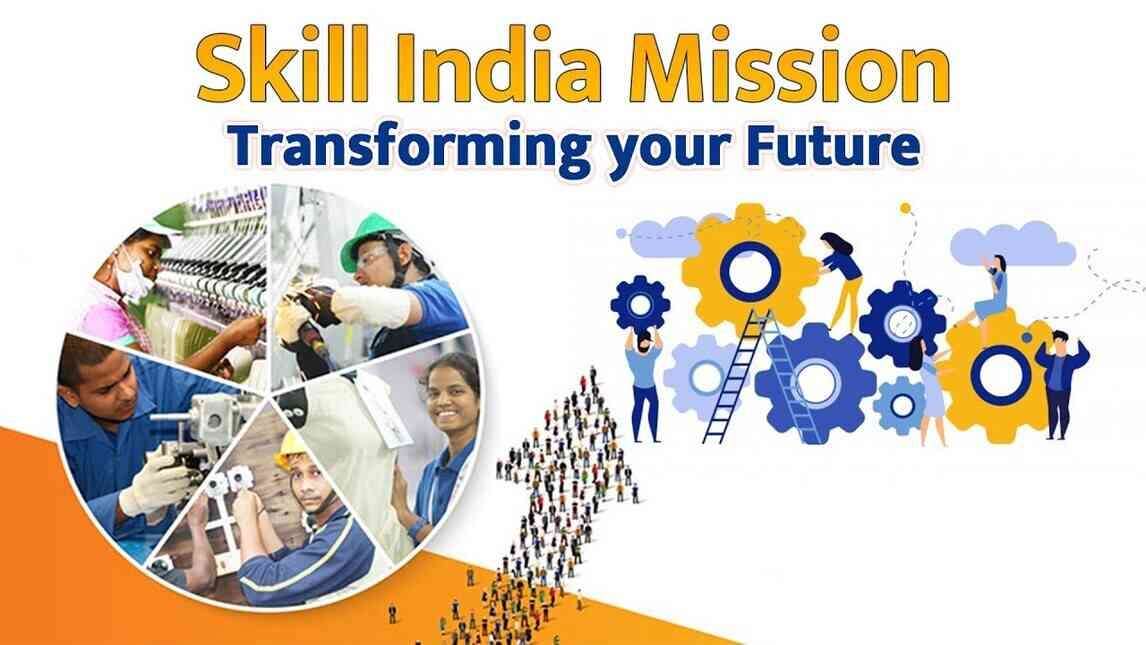
The mission also focuses on improving the quality of education and training in India. It aims to develop a more comprehensive and robust technical education system that can meet the demands of the changing job market. This includes introducing new courses and curricula, upgrading training facilities, and empowering teachers with the latest skills and teaching methods.
By providing vocational training and improving the quality of technical education, the Skills India Mission is creating a pool of skilled labor in the country. This not only benefits the youth by increasing their employability but also contributes to the overall economic growth of the nation. With a skilled workforce, India can attract more foreign investment, boost productivity, and enhance the global competitiveness of its industries.
The mission also recognizes the importance of digital skills in the modern world. It aims to provide digital literacy and training to a large section of the population who currently lack access to technology. This initiative will not only empower individuals with the necessary skills for the digital age but also contribute to the government's goal of creating a Digital India.
Moreover, the mission also focuses on encouraging entrepreneurship among the youth. By providing them with the necessary skills and support, the government aims to create a culture of innovation and job creators, rather than job seekers. This will not only create employment opportunities but also boost the overall economic growth of the country.
One of the biggest advantages of the Skills India Mission is that it addresses the demographic dividend of the country. India has a young population, with a majority of its citizens in the working age group. By providing them with relevant skills and training, the mission is leveraging this demographic dividend and turning it into a demographic advantage.
In conclusion, the Skills India Mission is a crucial step towards developing India's workforce and economy. By focusing on skill development, vocational training, and entrepreneurship, the government is creating a brighter future for the country and its youth. With its various initiatives and programs, the mission is not only addressing the current skill gap but also preparing the nation for future challenges and opportunities.
Skill India Mission 5 advantages?
Skill India Mission was launched in 2015 by the Indian government to provide skilling and upskilling opportunities to the youth of the country. The mission intends to train over 400 million people in various sectors by 2022, to create a skilled workforce to contribute to the growth and development of India. Let us take a look at the 5 advantages of the Skill India Mission and why it is crucial for the country's progress.
1. Employment opportunities for youth: One of the primary advantages of Skill India Mission is the creation of employment opportunities for the youth. With the rapid growth of industries and technology, there is a high demand for skilled workers. By training and upskilling the youth, the mission aims to bridge the gap between the demand and supply of skilled labor. This will not only reduce unemployment but also aid in the economic growth of the country.
2. Filling the skill gap: India is a country with a vast population, but unfortunately, a significant portion of it lacks proper education and training. This has resulted in a significant skill gap in the workforce, making it challenging to meet the demands of various industries. Through the Skill India Mission, the government aims to provide vocational training and skill development programs to fill this gap and prepare the youth for employment.
3. Enhancing employability: The mission not only provides training in traditional skills but also focuses on emerging and high-demand sectors like information technology, retail, tourism, healthcare, etc. This helps in enhancing the employability of the youth as they are equipped with the relevant skills needed for the current job market. The training programs are designed in collaboration with industries to make sure that the skills provided are in line with the industry requirements.
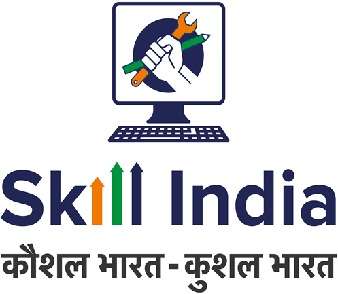
4. Bridging the urban-rural divide: In India, there is a significant disparity in economic development between urban and rural areas. Skill India Mission aims to bridge this gap by providing equal opportunities for skill development to the youth in rural and remote areas. The mission has set up various training centers and mobile skill development labs in rural areas to reach out to the underprivileged and bring them into the mainstream workforce.
5. Promoting entrepreneurship: Apart from providing employment opportunities, the Skill India Mission also focuses on promoting entrepreneurship among the youth. It offers training and financial support to aspiring entrepreneurs to start their businesses. This not only creates job opportunities for themselves but also for others in their locality. With the rise of startups and Small and Medium Enterprises (SMEs) in the country, this initiative will contribute to the growth of the Indian economy.
In conclusion, the Skill India Mission is a significant step towards the economic development of the country. By providing skill development opportunities to the youth, the mission aims to address the issue of unemployment and create a skilled workforce to meet the demands of various industries. It also focuses on bridging the urban-rural divide, promoting entrepreneurship, and enhancing the overall employability of the youth. With the government's continuous efforts and the participation of various stakeholders, the Skill India Mission is paving the way for a brighter and more prosperous future for the country.
Skill India Mission 5 disadvantages?
India is a country with a large population of over 1.3 billion people. In recent years, there has been a growing concern about the unemployment rate in India and the need to bridge the skills gap in the job market. In response, the Indian government launched the Skill India Mission in 2015, to provide skill development training to millions of Indian youth and make them employable. While the mission has seen some success, there are also a few disadvantages that need to be acknowledged.
1. Lack of infrastructure and resources:
One of the major challenges faced by the Skill India Mission is the lack of infrastructure and resources to effectively implement the training programs. Many training centers are located in rural areas where there is a lack of proper infrastructure such as roads, electricity, and internet connectivity. This makes it difficult for the trainers to deliver quality training and also hinders the students' learning experience.
2. Limited reach:
Despite the government's efforts, the Skill India Mission has not been able to reach a large number of people. This is mainly due to the lack of awareness and information about the program in rural areas. Many people are still not aware of the benefits of skill development training and are hesitant to enroll in these programs. This limits the impact of the mission and its ability to address the skills gap in the country.
3. Gender bias:
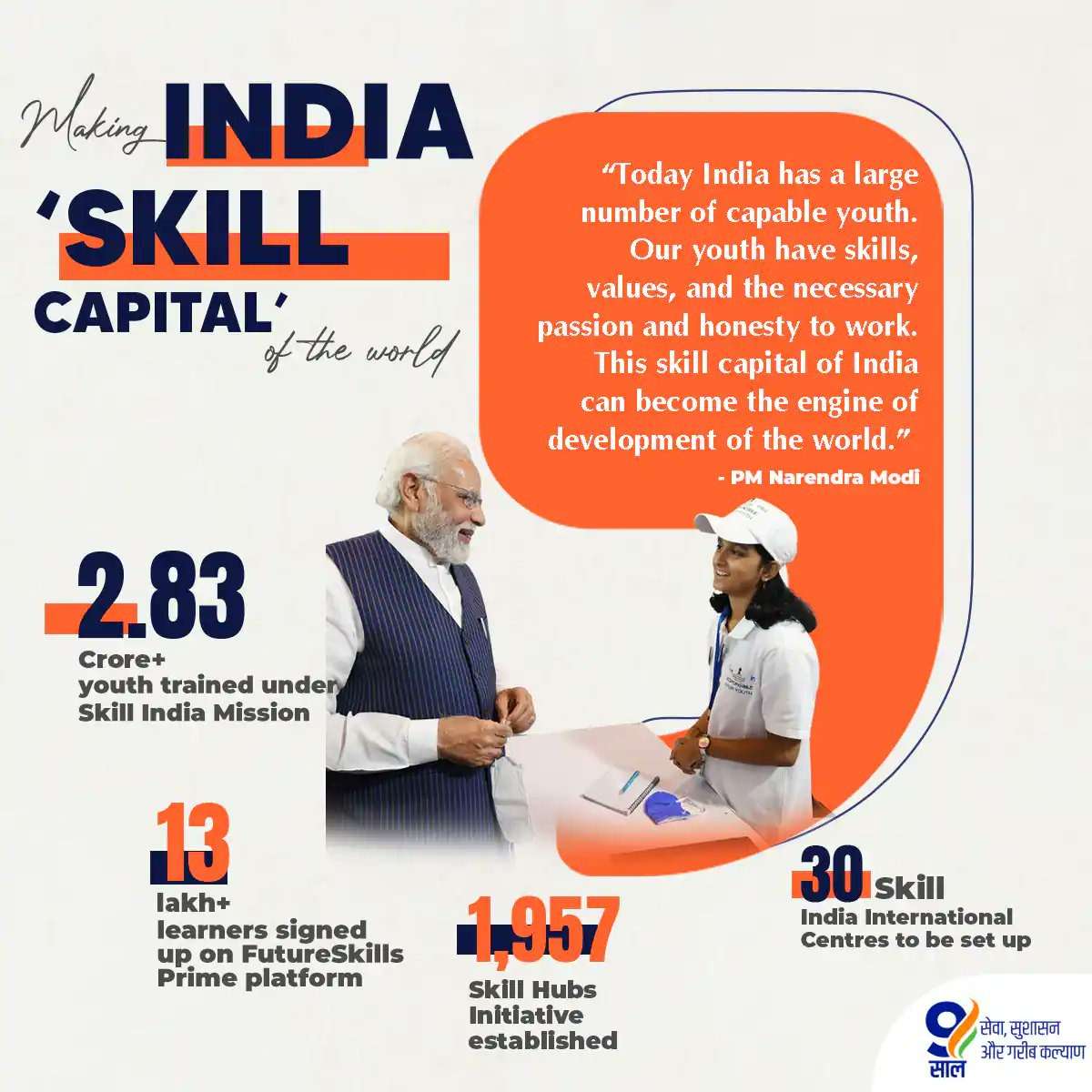
Another major disadvantage of the Skill India Mission is the gender bias that exists in the program. The majority of the beneficiaries of the program are male, with women being underrepresented. This is due to cultural and societal norms that discourage women from pursuing certain careers. The mission needs to make conscious efforts to promote gender equality and encourage women to participate in skill development training.
4. Quality of training:
While the Skill India Mission aims to provide vocational training to make individuals job-ready, the quality of training is still a concern. According to a report by the Ministry of Skill Development and Entrepreneurship, only 47% of the trained candidates were employed after completing their training. This raises questions about the effectiveness of the training programs and the quality of skills being imparted. There is a need for better monitoring and evaluation systems to ensure the quality of training being provided.
5. Mismatch between skills and the job market:
Lastly, there is a mismatch between the skills being taught and the demands of the job market. The training programs are often not aligned with the current job market trends and the needs of employers. This leads to a situation where trained individuals are unable to find suitable employment opportunities in their chosen fields. To address this, there is a need for regular updates and revisions of the training curriculum to ensure that the skills being taught are relevant and in demand.
In conclusion, while the Skill India Mission has been successful in providing skill development training to a significant number of individuals, there are still several challenges that need to be addressed. These include the lack of infrastructure and resources, limited reach, gender bias, quality of training, and mismatch between skills and the job market. The government and stakeholders need to address these issues and make efforts to ensure that the mission fulfills its objective of making India a skilled nation.
